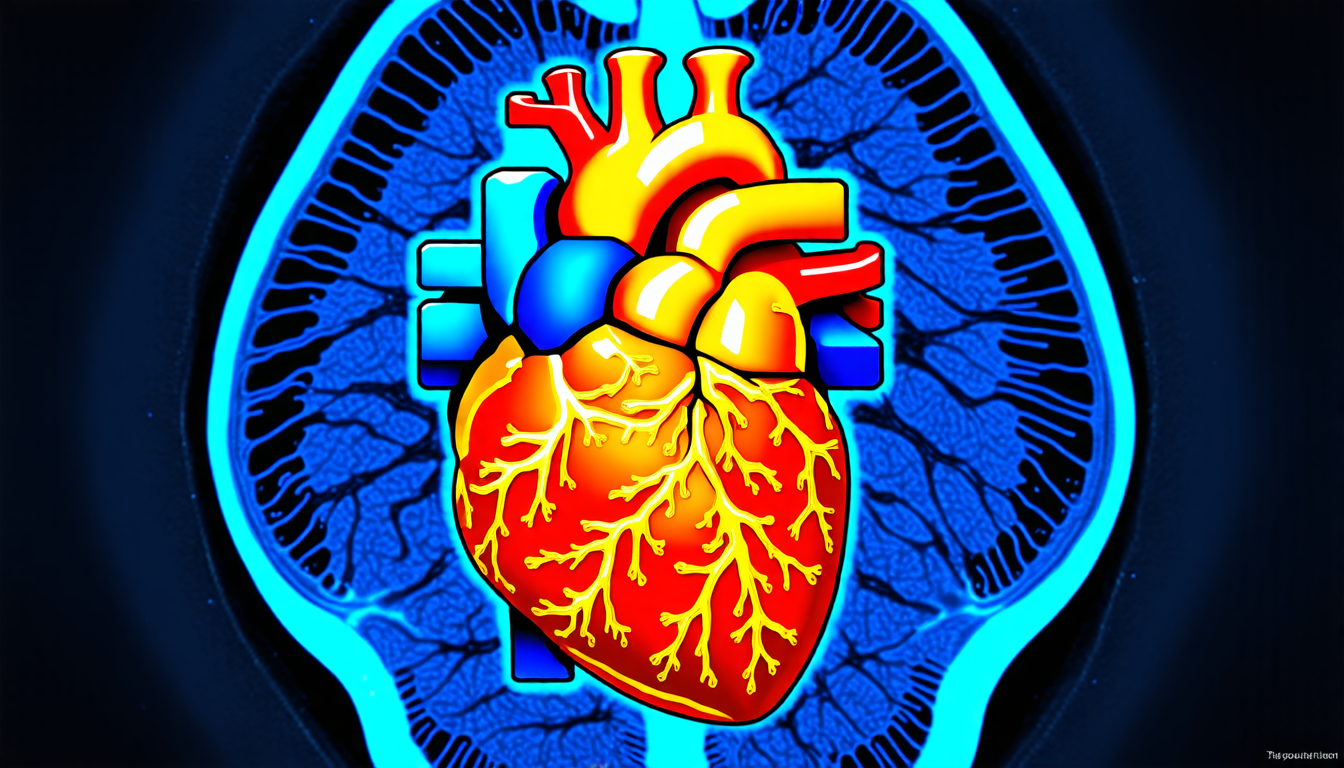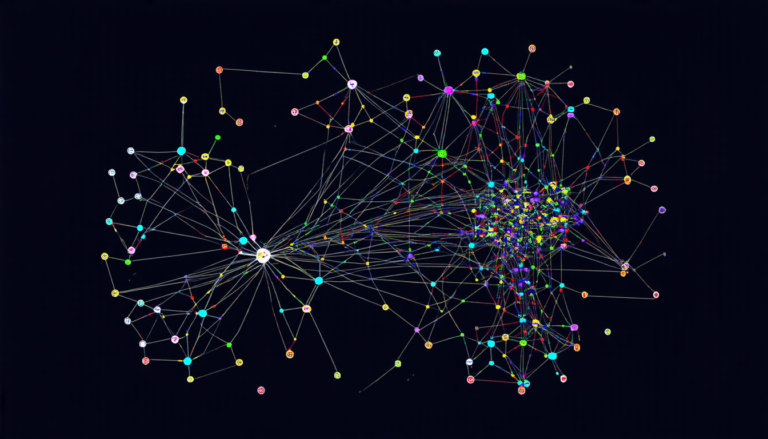Wednesday 06 August 2025
Researchers have made a significant breakthrough in developing a new technique for diagnosing and monitoring heart disease using magnetic resonance imaging (MRI) scans. This innovative method, known as CineMyoPS, uses deep learning algorithms to analyze MRI data and identify areas of scar tissue or inflammation in the heart.
Heart disease is one of the leading causes of death worldwide, and accurate diagnosis is crucial for effective treatment. Traditional methods of diagnosing heart disease often involve injecting contrast agents into the body, which can be risky for some patients. CineMyoPS offers a safer and more efficient alternative by using MRI scans alone to identify areas of damage.
The technique uses cine CMR images, which show the movement of the heart over time, as well as anatomical features from standard MRI sequences. By combining these two types of data, CineMyoPS can accurately detect scar tissue or inflammation in the heart, even without the use of contrast agents.
One of the key challenges in developing this technique was dealing with the complexity of cardiac motion and anatomy. The researchers developed a novel consistency loss function to ensure that the deep learning model learns to extract relevant features from both types of data. This allowed them to create an accurate and robust system for diagnosing heart disease.
The potential benefits of CineMyoPS are significant. It could be used to monitor patients with heart disease over time, allowing doctors to track changes in their condition and adjust treatment accordingly. It could also be used to identify high-risk patients who may benefit from early intervention.
In addition to its clinical applications, CineMyoPS has the potential to improve our understanding of cardiac function and disease mechanisms. By analyzing MRI data in new ways, researchers can gain insights into the underlying causes of heart disease and develop more effective treatments.
The development of CineMyoPS is a testament to the power of interdisciplinary collaboration between computer scientists, engineers, and clinicians. It shows that by combining expertise from different fields, we can create innovative solutions that improve patient care and advance our understanding of complex diseases.
As researchers continue to refine this technique, it’s likely to have a significant impact on the diagnosis and treatment of heart disease. With CineMyoPS, doctors may be able to detect and monitor heart disease more effectively, leading to better outcomes for patients.
Cite this article: “New MRI Technique Accurately Diagnoses Heart Disease with Deep Learning Algorithms”, The Science Archive, 2025.
Magnetic Resonance Imaging, Heart Disease, Diagnosis, Monitoring, Deep Learning, Algorithms, Scar Tissue, Inflammation, Cardiac Motion, Anatomy







